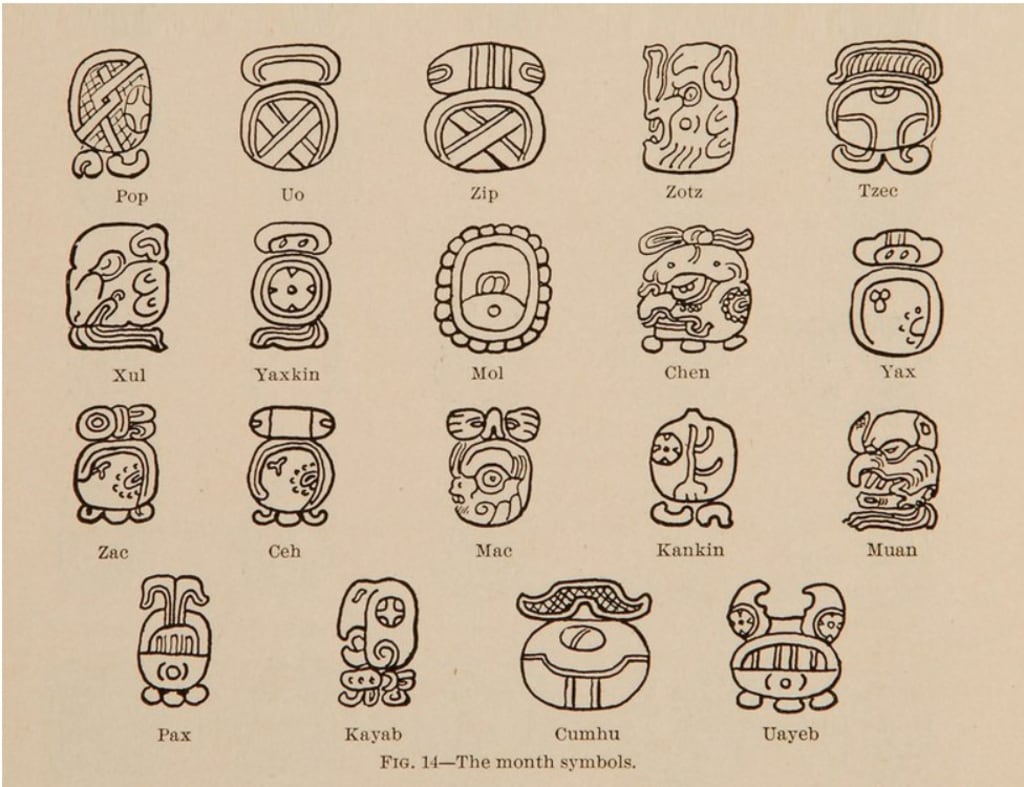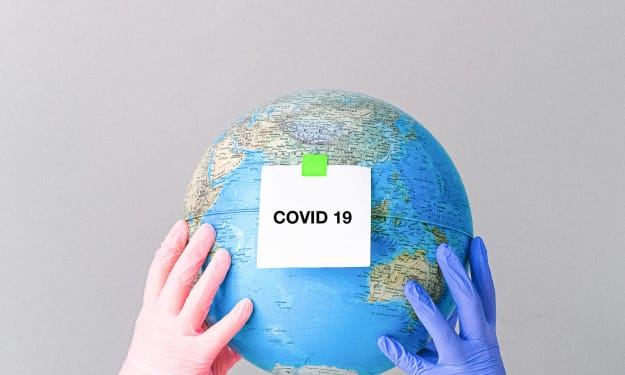Decoding the Mayan calendar.
Unveiling ancient timekeeping secrets.

Title: Decoding the Mayan Calendar: Unveiling Ancient Timekeeping Secrets
Introduction:
The Mayan civilization, renowned for its remarkable achievements in architecture, astronomy, and mathematics, possessed a sophisticated calendar system that has long puzzled scientists. Unlike our modern-day Gregorian calendar, the Mayan calendar operated on cycles lasting 819 days, leading to questions about its starting and ending points. Decades of research finally culminated in a breakthrough during the 1940s, when American scientists John Linden and Victoria Bricker expanded the Mayan calendar to encompass a 45-year pattern, unveiling a fascinating code that shed light on the intricate Mayan timekeeping system.
The Complexity of Mayan Timekeeping:
In contrast to the familiar Arabic numerals we use today, the Mayans employed glyphs—symbolic representations of animals or natural phenomena—to mark each day. These glyphs formed the basis of their calendar, which consisted of cycles repeated four times, known as blocks. Interestingly, each block was associated with a different color, initially believed to correspond to the four cardinal directions. However, research in the 1980s revealed that the colors actually represented the positions of the sun in the sky: yellow denoting the zenith and white representing the nadir. This revelation showcased the Mayans' profound understanding of astronomy and their ability to integrate it into their calendar system.
Chichen Itza and Celestial Alignments:
Chichen Itza, a prominent Mayan city in Mexico's Yucatan Peninsula, provides a striking example of the Mayans' astronomical prowess. At this site stands an awe-inspiring step pyramid dedicated to the Feathered Serpent deity. Twice a year, during the equinoxes in March and September, a captivating phenomenon occurs as sunlight directly illuminates the sculpture of a serpent head at the base of the pyramid. The light then moves up the 91 steps, creating the illusion of a snake slithering down the structure. This precise alignment with celestial events underscores the Mayans' deep connection to the cosmos.
Synodic Periods and Planetary Observations:
Mayan astronomers meticulously recorded the synodic periods—the time between successive appearances—of various celestial bodies, including planets like Venus and Saturn. However, it was the calculations involving the closest planet to the Sun, Mercury, that played a crucial role in deciphering the Mayan calendar code. With a synodic period of 117 days, multiplied by 7, the result yielded the magical number 819—the length of a Mayan cycle. Remarkably, this pattern extended beyond Mercury, as the synodic periods of other planets also aligned neatly with 819. It was only by considering all the planets' calculations together that researchers unlocked the greater understanding of the Mayan timekeeping system.
The Myth of the 2012 Apocalypse:
The infamous notion that the world would end on December 21, 2012, was based on a misinterpretation of the Mayan calendar. In reality, this date marked the end of a long count—a period equivalent to our year—within the Mayan calendar, similar to how we view December 31st as the culmination of a year. The Mayans' intricate calculations and cycles accounted for planetary movements and extended well beyond the 2012 endpoint, dispelling any apocalyptic concerns and highlighting the sophistication of their time measurement.
Mayan Ingenuity: Rubber and Chocolate:
Beyond their calendar system, the Mayans exhibited ingenuity in various other domains. They were pioneers in the production of rubber, extracting latex from rubber trees long before Charles Goodyear's famous discovery. While the exact purpose of their rubber production remains a mystery, researchers speculate that the Mayans crafted bouncy balls of different sizes, engaging in a unique ball game played within towering hoops set on walls. Additionally, the Mayans enjoyed chocolate, consuming it as a drink made from smashed cocoa beans and adding spices to enhance the flavor. Their advanced filtration systems and reservoirs, utilizing zeolite minerals and rainwater collection, ensured a clean water supply for their cocoa concoctions.
Conclusion:
The deciphering of the Mayan calendar has unveiled the intricate and awe-inspiring timekeeping system of this ancient civilization. Through the use of glyphs, celestial observations, and sophisticated mathematical calculations, the Mayans demonstrated their profound understanding of astronomy and their ability to harmonize it with their everyday lives. Beyond their calendar, the Mayans' innovative use of rubber and their appreciation for chocolate further illustrate their remarkable ingenuity and contributions to human history. As we continue to unlock the secrets of ancient civilizations, the Mayans' achievements stand as a testament to the brilliance and complexity of human cultural development throughout the ages.





Comments
Nelius Ngirichi is not accepting comments at the moment
Want to show your support? Send them a one-off tip.